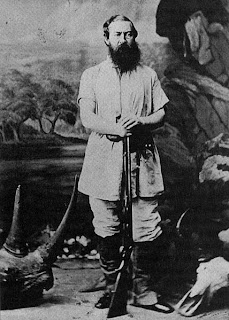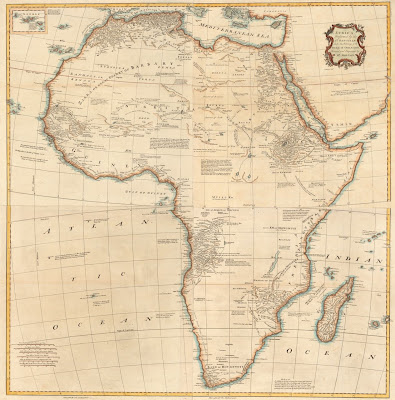This striking piece was found online at James D. Julia Auctioneers. It is described as "An original Carpenter Burring Building". Standing 17 inches high, the building is made of wood and has a cast iron facade. When the rope is pulled, the fireman ascends the ladder up to the second floor where he can save the frantic maiden. It looks to me like the woman can be removed from the balcony. Perhaps her arms go around the fireman's outstretched hand. This particular model sold for $31,000 in auction.
The photos below are from a couple different sites. You can see that there is an additional figure in the version below: another fireman with a rubber hose attached to a hydrant.

















































